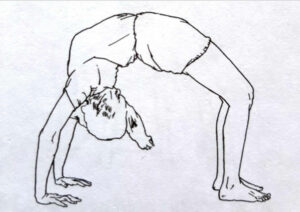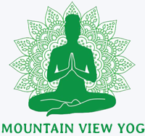New Students
Food
You should not eat for at least two hours before an Iyengar yoga class, or four hours in the case of a heavy meal. Drink water before the class since during the class it’s not recommended to drink.
Clothes
Preferably wear shorts or leggings so your legs can be visible to the teacher.
Health
Please tell the teacher if you have medical conditions, such as post-operative conditions, hypertension, heart problems, high or low blood pressure, back, neck or knee problems, menstrual disorders etc. We will then be able to offer adaptations or alternative poses for you to do.
Ladies
Ladies, please inform the teacher in the beginning of the class if you are menstruating and of course pregnant. Girls with long hair, please put your hair up.
Arriving
Please arrive at least 10 minutes before the class starts, TURN OFF YOUR PHONE, take your spot and sit in silence to prepare your mind and body for the practice.
Safety
Be attentive, listen to your own body and don’t push yourself too quickly, it’s a gradual progress. If you feel any sharp pain or bad pain such as a back, knees, neck please tell the teacher immediately. Don’t try to compete with others just focus on your own practice in your own pace.
Beginners
For all new students to Yoga or those with less than one years’ experience of Iyengar yoga, suitable for any age group. We learn the fundamental poses, actions and terms used in Iyengar Yoga to develop strength, stamina and flexibility. The focus is on standing poses, seated poses, beginning forward extensions and simple twists.


General
Suitable for students who’ve been practicing Iyengar yoga regularly for at least 6 months. In these classes, we will explore variety of asanas according to the monthly cycle. For students who are not able to hold inversions yet, alternatives will be offered.
General/Intermediate
For students who’ve been practicing Iyengar yoga regularly for at least one year. Work is more intensive than at Beginners’ level and you’ll be introduced to a wider variety of asanas, and basic pranayama. In addition to Standing poses, we will be practicing back bends, forward extensions and inversions such as Sirsasana (Head stand) and Salamba Sarvangasana (Shoulders Stand).


